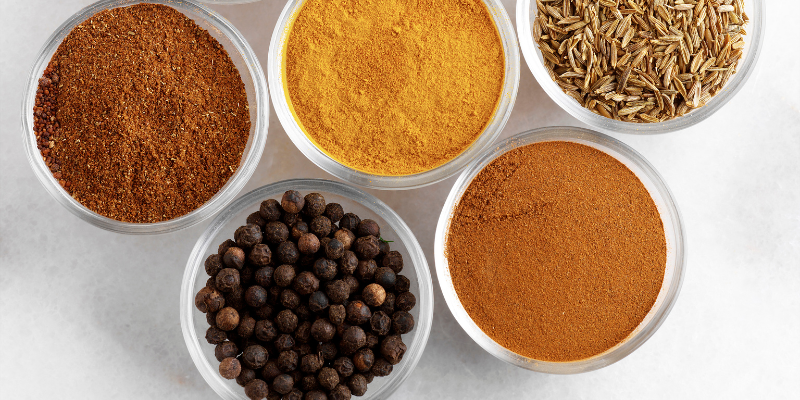What is the difference between a spice and an herb?
July 2022
We already know herbs and spices contribute to our food’s flavor, and we may even refer to these ingredients interchangeably. There is, however, a key difference between a spice and a herb.
The easiest way to remember this difference? Alliteration. A spice comes from several parts of a plant – for example, the bark, nuts, roots, and seeds. On the other hand, herbs come from higher parts; in other words, they’re often the leaves and stems of the plant.


What is a spice?
Typically, spices are dried or ground, though you can also use them whole. Also, they often offer stronger flavor than herbs.
Examples of popular spices are:
Can ingredients be considered both spices and herbs?
The short answer here is: yes, sometimes, a plant can provide both a herb and a spice. A few examples of ingredients commonly classified as herbs and spices are:
Can you use spices and herbs in dishes?
Simply put, the main difference between a spice and a herb is its origin and how it’s processed. Does this mean you have to use these ingredients separately? Absolutely not. In fact, by better understanding your ingredients and combining both herbs and spices in your dishes, you enhance your food and improve your cooking skills.

